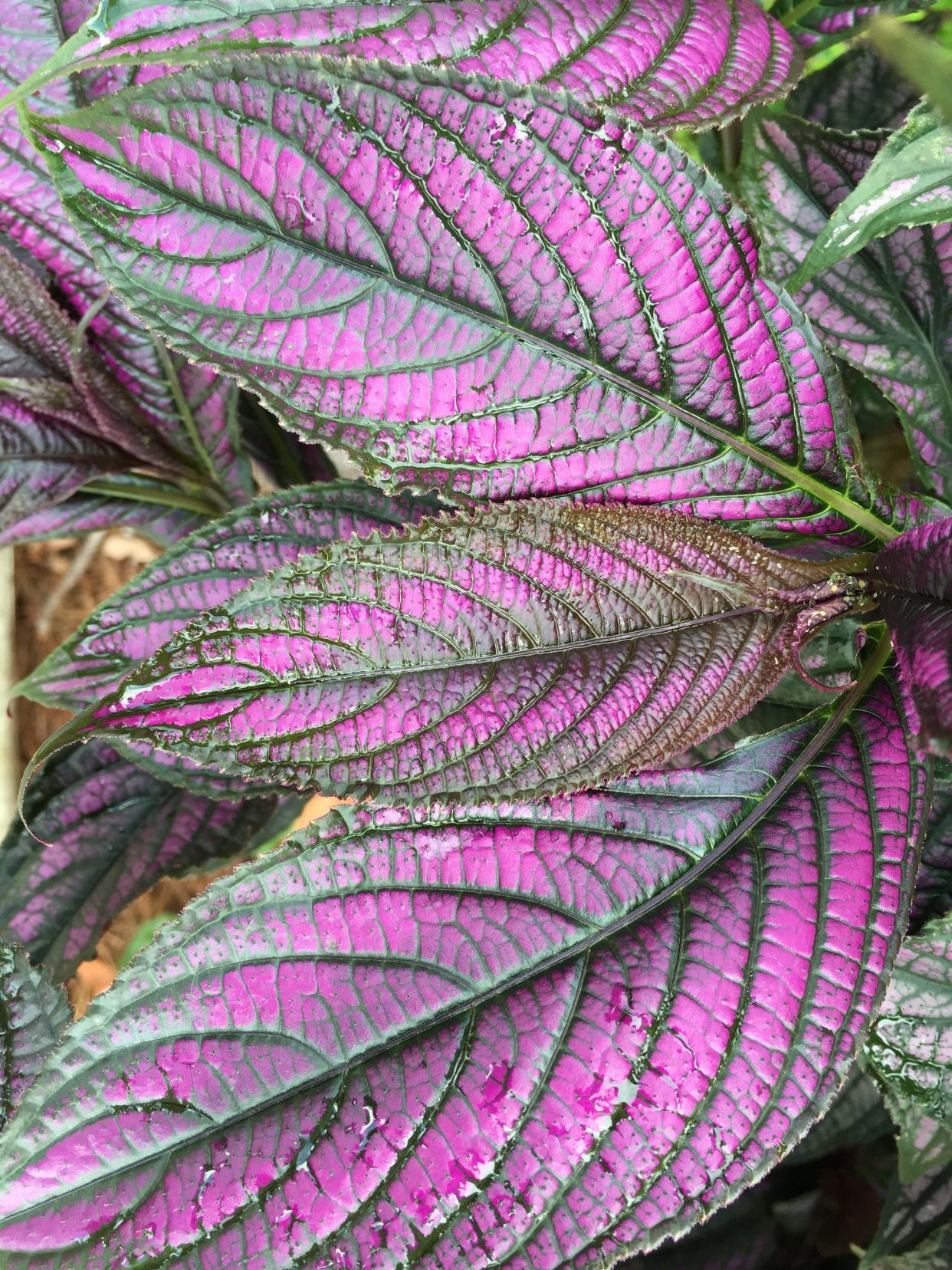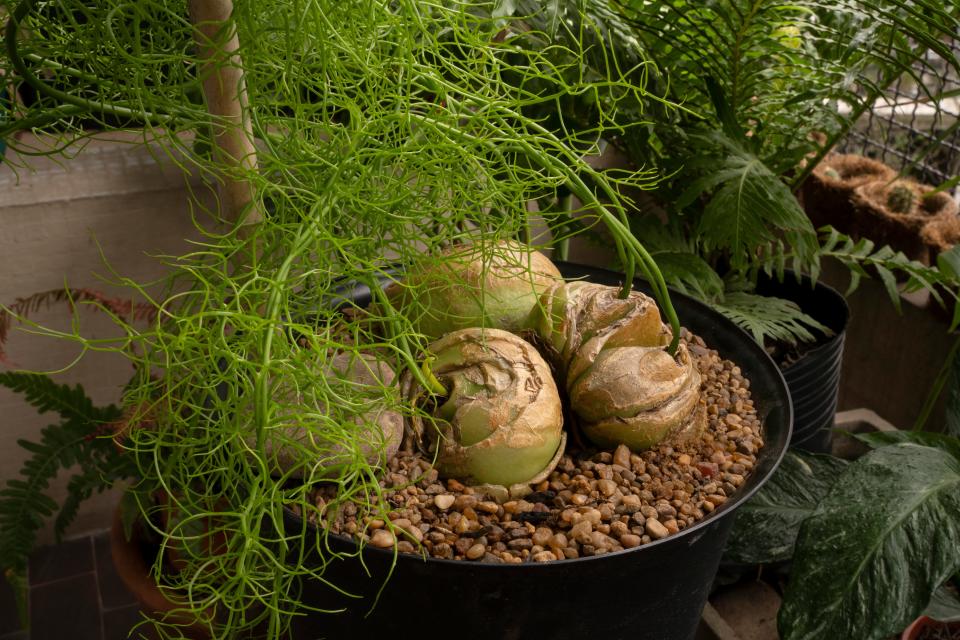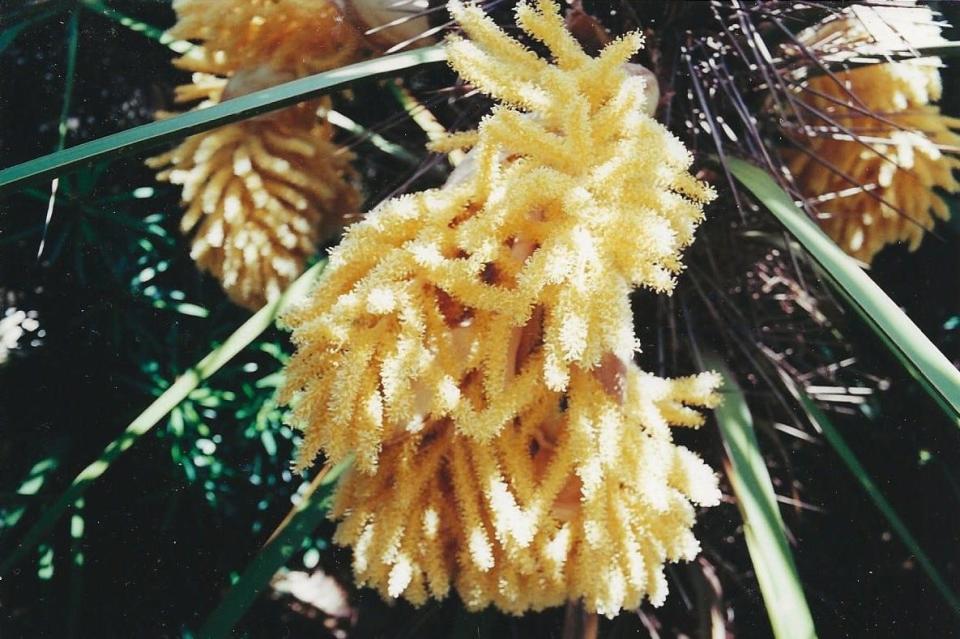Why aren't you using these plants? 3 fabulous species that are rarely used - or used wrong

The plants I’ll mention today are wholly unrelated. Their sole commonality is they’ve performed well for me over the years.
For example, I’ve long admired Persian shield, a bushy shrub from Myanmar that’s two to three feet tall. The species (Strobilanthes dyerianus) boasts gorgeous, naturally variegated foliage that never reverts to solid green (as so many landscape plants do, unfortunately).
Persian shield boasts large, quilted leaves that start out purple and green before aging to silver and green, forming patterns that resemble ancient Persian mosaics. But it’s the metallic luster of the foliage that allows this shrub to punch above its weight class in the landscape.
Pentas: Few plants attract butterflies and hummingbirds like these natives of Africa and Arabia
But few plants are as grossly mistreated as Persian shield. It’s eye-catching under good conditions – organically enriched and mulched sites in light shade. But gardeners often set this outstanding shrub in sandy soil and full sun. Grown in good conditions, however, specimens produce spikes of bluish-white blossoms intermittently year-round, but especially in autumn. Persian shield is also an excellent choice for container cultivation on porches and in screen enclosures. Propagate with warm-season cuttings.
A lovely little succulent that adjusts to life in the landscape and on a balcony or windowsill is lace aloe (A. aristata) from South Africa. Only six inches tall and wide, this tiny gem features dense rosettes of stiff green leaves decorated with silver spots.
Lace aloe tolerates full sun but prefers bright, indirect light. As with most succulents, the soil must drain freely. A variable species, lace aloe may (or may not) generate offsets. But plants do reliably produce tall branched stems topped by orange-red blossoms in spring and summer. Propagate by division.
The last plant I’ll focus on is climbing onion, aka glass onion. This South African species not only qualifies as a novelty plant in cultivation, it holds a similar status in nature.
Fred Dortort, author of "Succulent Plants of the World," says climbing onion "straddles the bulb-succulent boundary." Plants consist of bulbs up to eight inches across that sit atop the ground and produce untidy mops of stems – inflorescences – that perform the majority of photosynthesis.

The flowers of this species (Bowiea volubilis) are green, tiny and few in number. Caution: the "onions" are extremely toxic to people and pets.
Grow climbing onion in containers of well-drained soil in sun or indirect light. Occasionally – and not during any particular season – growth dies back but returns rapidly. Train stems up tiny trellises or grow plants in hanging baskets. Propagate by division.
Plant to ponder: Spiny fiber palm

A single-trunked, fan-leaved species from Brazil, spiny fiber palm (Trithrinax acanthocoma) grows up to 15 feet tall in sun on well-drained sites. It features yellow inflorescences, greenish-white fruit and a trunk covered with fiber. Propagate this cold-hardy palm with seeds, which are available online.
This article originally appeared on The Ledger: Why aren't you using these plants? Three fabulous, unsung species

